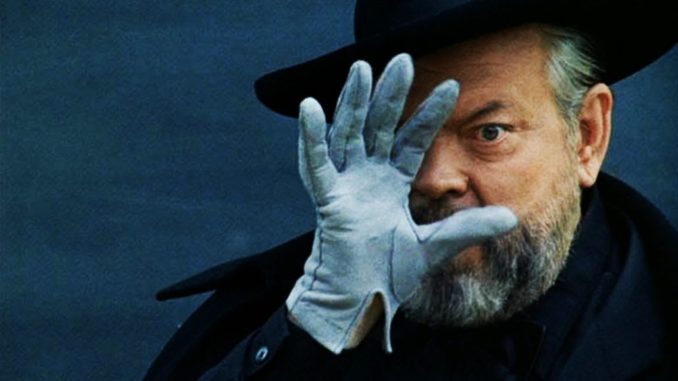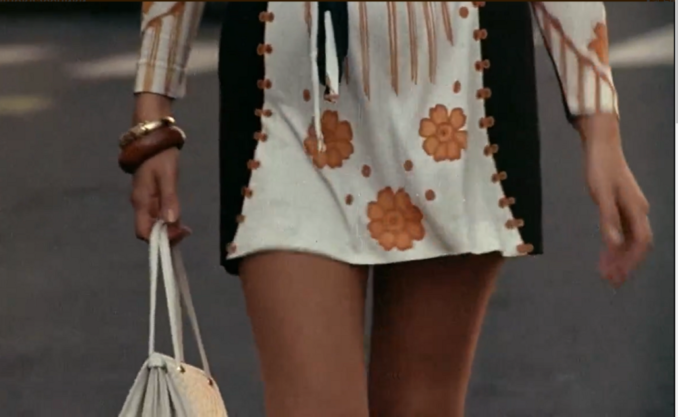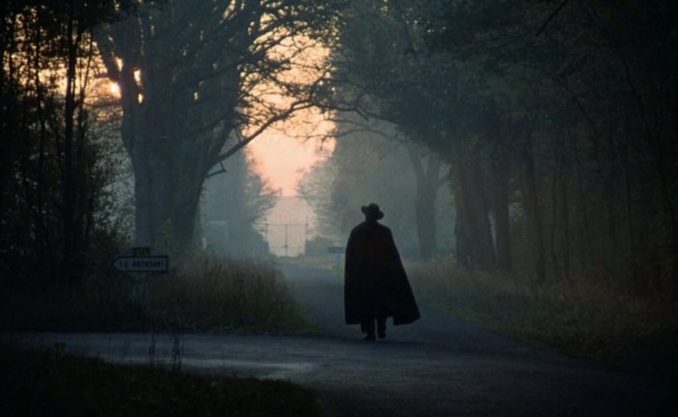
What is art if not a forgery of the real world. A reflection of what we see in our lives, and then try to convey to others, a form of primeval communication. This is the topic of conversation in Orson Welles 1973 film, F for Fake. It was made at the fag end of his career, thirty-three years after Citizen Kane, and arguably represents his last hurrah. Made on a measly budget, the film is a documentary of sorts, but then again not really, as it weaves truth and lies, reality and fiction at whim. Almost a mockumentary before they were invented, but reined in just enough to keep the illusion on track, like a Penn and Teller magic show.
The structure of the film is plotted out in the first quarter of an hour. We are introduced to the main characters, first Welles himself, director, then Elmyr de Hory, painter extraordinaire, Clifford Irving, investigative journalist and author, and finally Oja Kodar, a walking, talking work of art who first appears sashaying down the street to much distraction.

This opening segment ends, and its themes are then revisited and expanded on, starting with the central figure of the art forger Elmyr, a Hungarian emigrant who crossed the ocean to America and then back again, ending up on the island of Ibiza. This is a man who may or may not have duped the art world into buying forged works of old masters, works that now hang on the walls of galleries and museums around the world. The net however is tightening around him. Elmyrs own account of his life is then intercut with the account of Irving, who picks away at the threads of his life. But who can trust Irving? We learn that he himself is under investigation for allegedly hoaxing a biography of Howard Hughes, a man himself cloaked in secrecy and rumours.

Welles, who until now has been a largely passive figure narrating for the audience, then turns the camera on his own life and career, reminiscing about his role as a trickster and magician, and ultimately a performer and artist. Which brings us deftly back to Kodar and a run in with Picasso, a man not unknown to ‘borrow’ from the greats himself.
So, we end up where we began. What is art? Who owns a piece of work; the artist of the viewer? What is value based upon? Is it the uniqueness, the originality? Why is a signed picture by Matisse worth more than an unsigned one? Are we just paying for the label as it were, like a pair of 501 jeans? Perhaps these are questions we all agree on in private, but keep shtum about in public, as we suspect these, and all material goods have no value. Questioned for the ages I suppose and not ones Welles has any inclination to answer.
So, there we have it, 88 minutes showcasing one of the true greats of cinema, flexing his muscles one last time. All the tricks of the trade are on view, half of which he invented; strange and emotive camera angles, trick photography, sharp editing, playful and sometimes misleading plots, a smattering of celebrity cameos, a showman till the last. The questions it poses are heavy, intellectuals ones, but they are presented with a deftness of touch and playful twinkle. Largely forgotten now, over shadowed by the behemoth that is Citizen Kane, this is a film like no other. And well worth your time.

© Authur 2023



